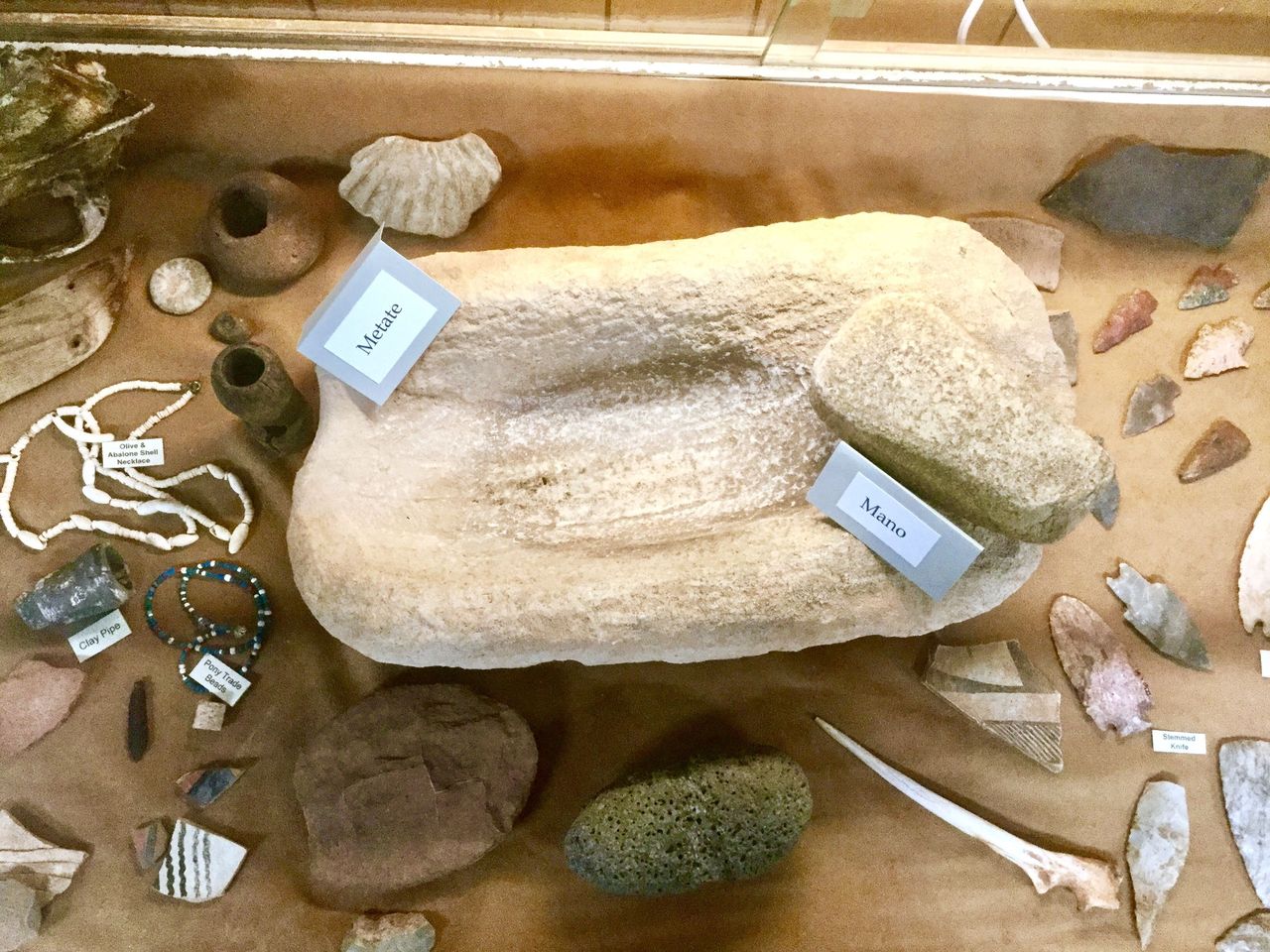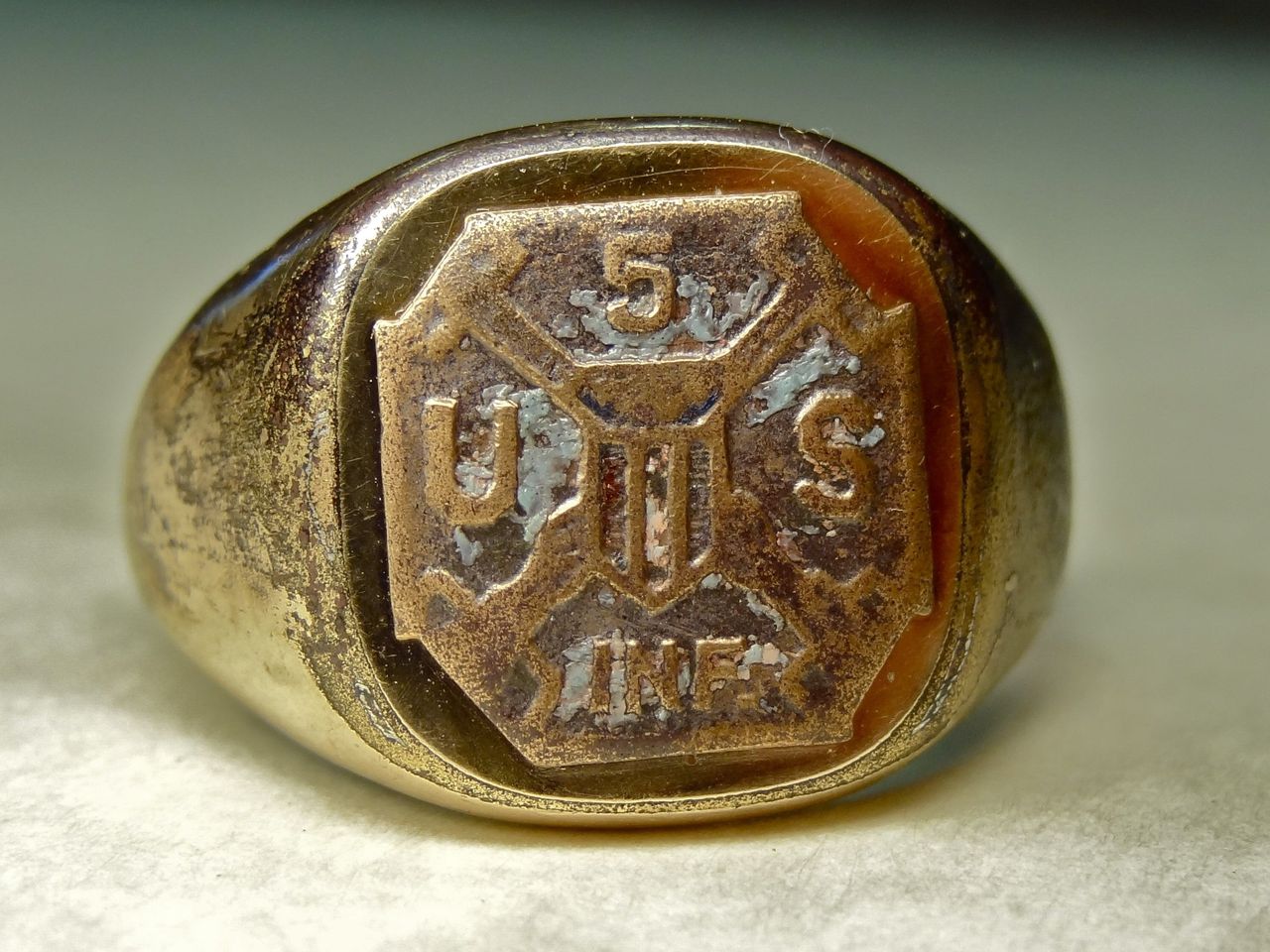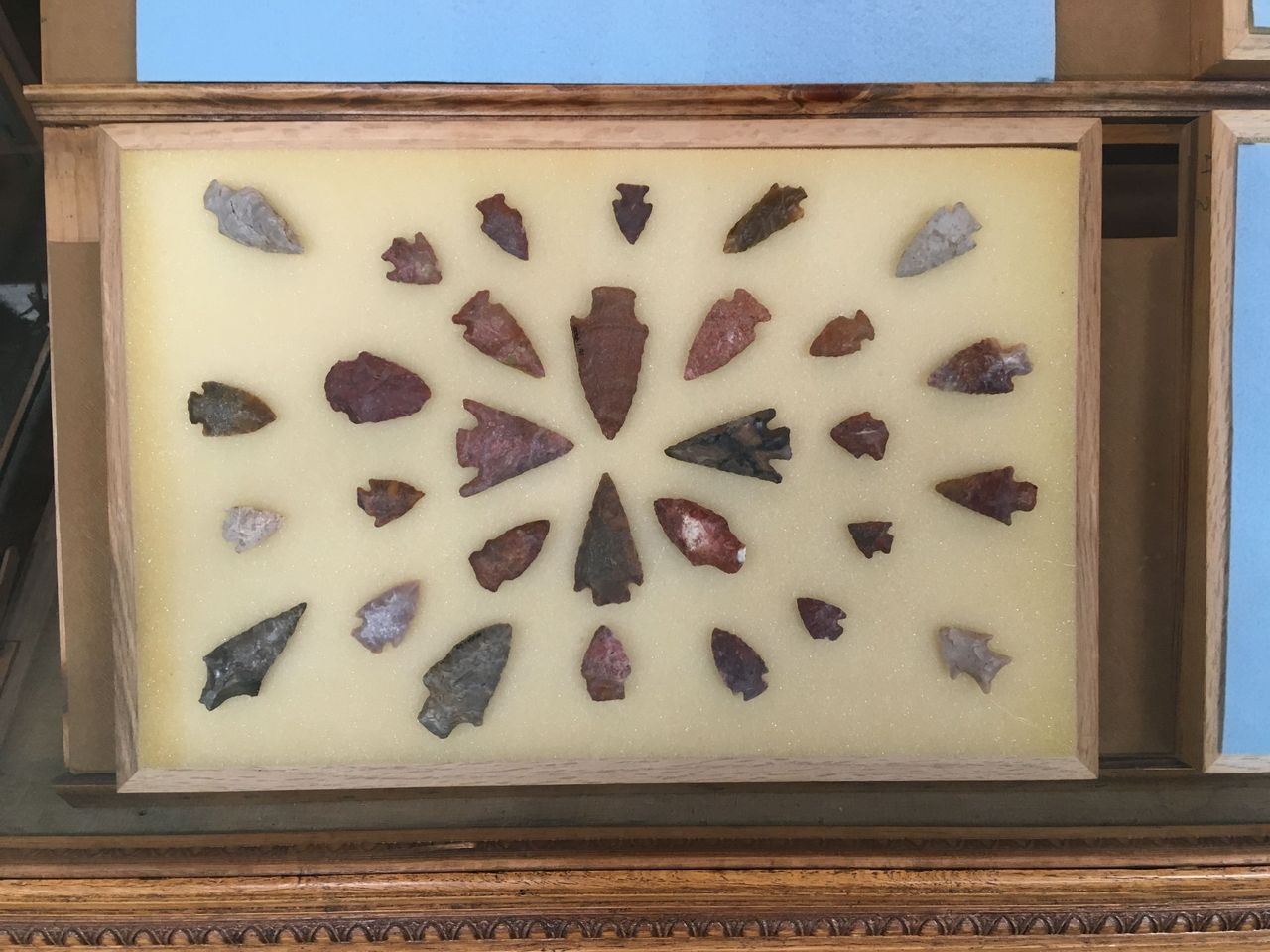A Brief Introduction to Local History Prior to the 20th Century
Covering the Texas Counties of Briscoe, Crosby, Floyd, Hall, Motley, and Swisher

Stone mano & metate, used for grinding corn.
Written by Jerry Leatherman
Stone artifacts from the Clovis era people are scattered within this area. The first "civilized" record about this part of Texas was given by the Coronado expedition of 1541. He and his people described natives who were apparently the predecessors of the Lipan Apaches. A number of artifacts have been discovered in Floyd County near the head of the Blanco Canyon that are attributed to the Coronado style and time period. Tule Canyon has frequently been mentioned as another possible stopping place but we are lacking in physical evidence to support those claims. The Apaches were forced out in the 1700s by Comanches and their allies, the Kiowa people.
A Spaniard by the name of Amangual came through this area with 200 soldiers headed for Santa Fe in 1808. Again there is no known physical evidence that we have been able to find to pinpoint his camps. In 1841 the Republic of Texas had a force of over 300 men with about 7 heavily loaded wagons who spent 22 days in numerous camps in northwest Motley, Southeast Briscoe and Northeast Floyd Counties.

Gold US 5th Infantry ring.
They couldn't find a way to get their wagons up on top of the Caprock. Numerous artifacts believed to be associated with this mixed force of military and merchants headed for for Santa Fe have been found and some are in the museum. An amazing story of missed political, military and civilian mismanagement.
The 4th U.S Cavalry and some infantry under the command of Colonel Ranald S. Mackenzie in 1871 spent some time in Blanco Canyon being schooled by a young warrior named Quanah Parker and his companions on a quick way to lose a lot of cavalry horses. The Colonel would return the favor after a scout in this area in 1872. A coordinated campaign in 1874-75 resulting in a number of engagements with tribes in the area that were eventually forced to go to the reservations after the 4th captured and shot over 1,000 horses in Swisher County (known to the army as the Red River War and to the tribes as the Buffalo War). Several hundred artifacts from this campaign have been found.

Arrowheads from the Otho Stubbs collection.
From the 1780s until 1872 when the army began to concentrate on stopping the trade between them, the Comancheros and Indians carried on an occasionally brisk business while rendezvousing in the canyons. Some of the Comancheros, at least for a time, resided in the canyons in dugouts.
Comanchero Canyons Museum is a remarkable collage of historic items and information assembled to tell the evolution of societies that have sparsely settled the breathtakingly beautiful but very rugged canyons that rim the eastern edge of the Llano Estacado. This saga begins at the Prairie Dog Town Fork of the Red River on the north and runs to the foothills of Blanco Canyon on the south, where the White River enters the Brazos to create the Fresh Water Fork of the Brazos River.
The modern day counties of Swisher, Briscoe, Hall, Floyd, Motley, and Crosby counties bear the footprints of countless struggles with nature and fierce warriors of various societies as they each try to conquer and hold the resources they desire to claim.